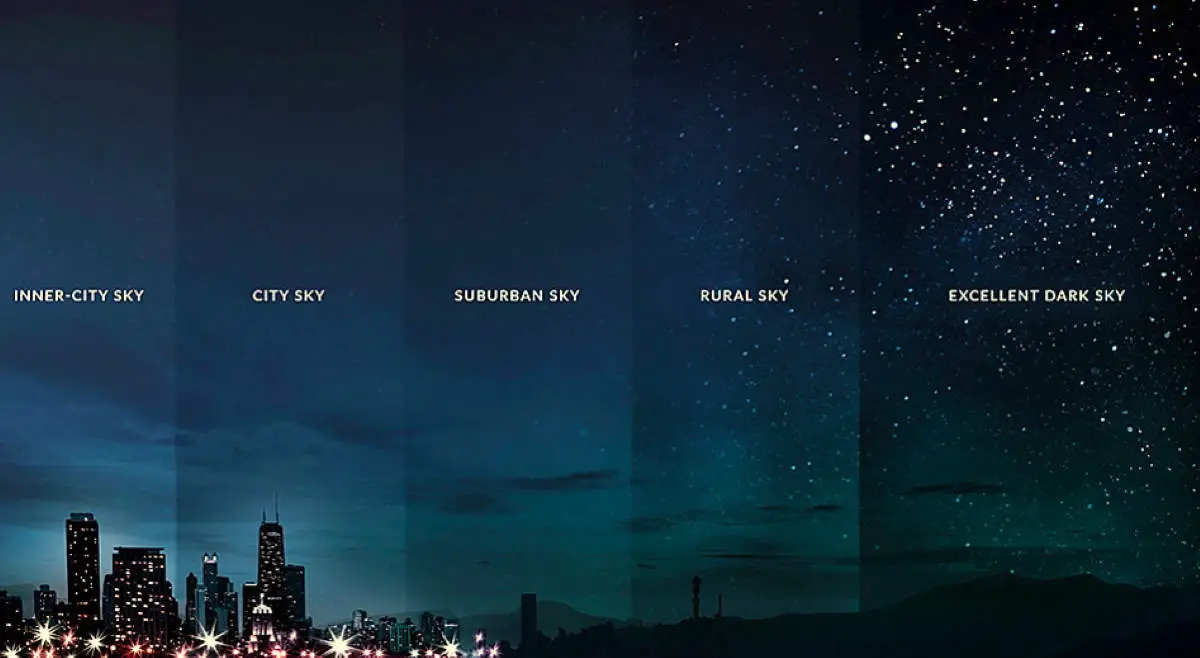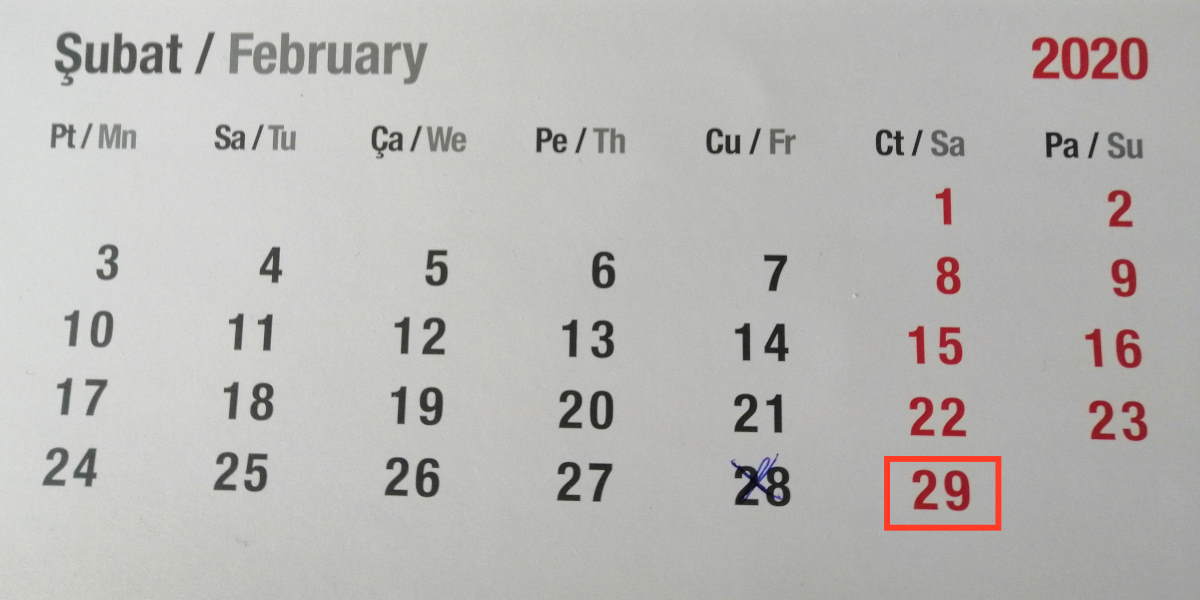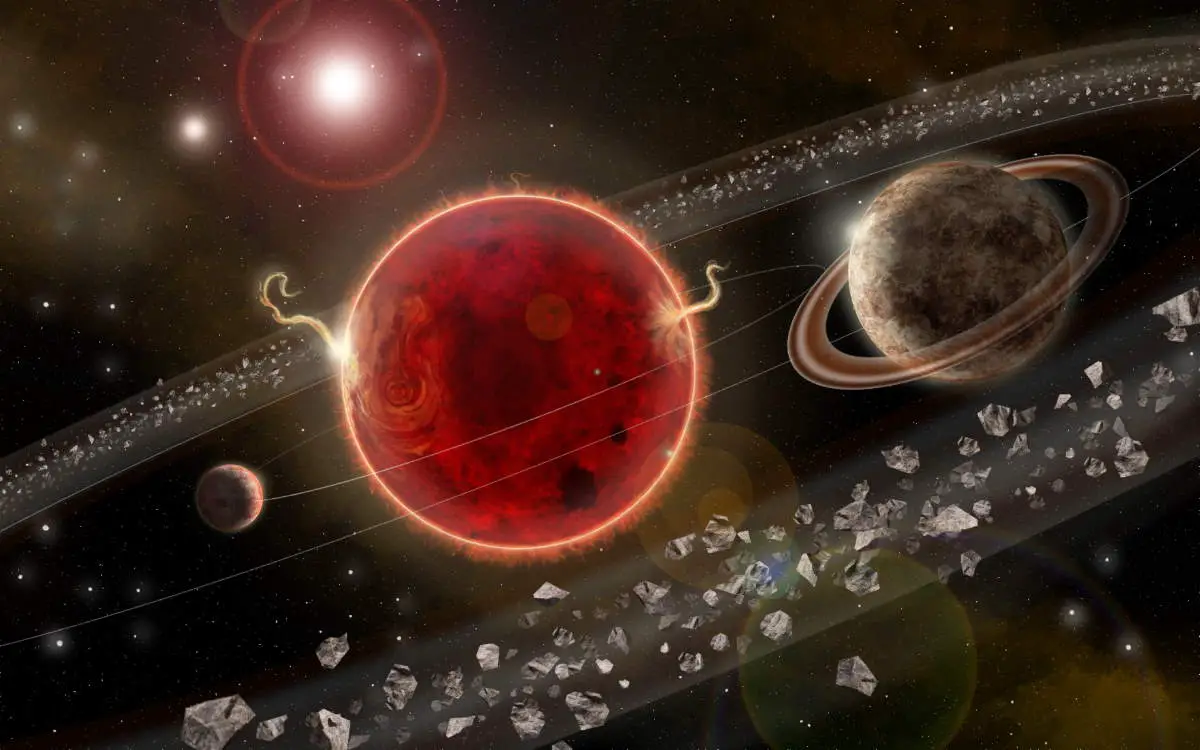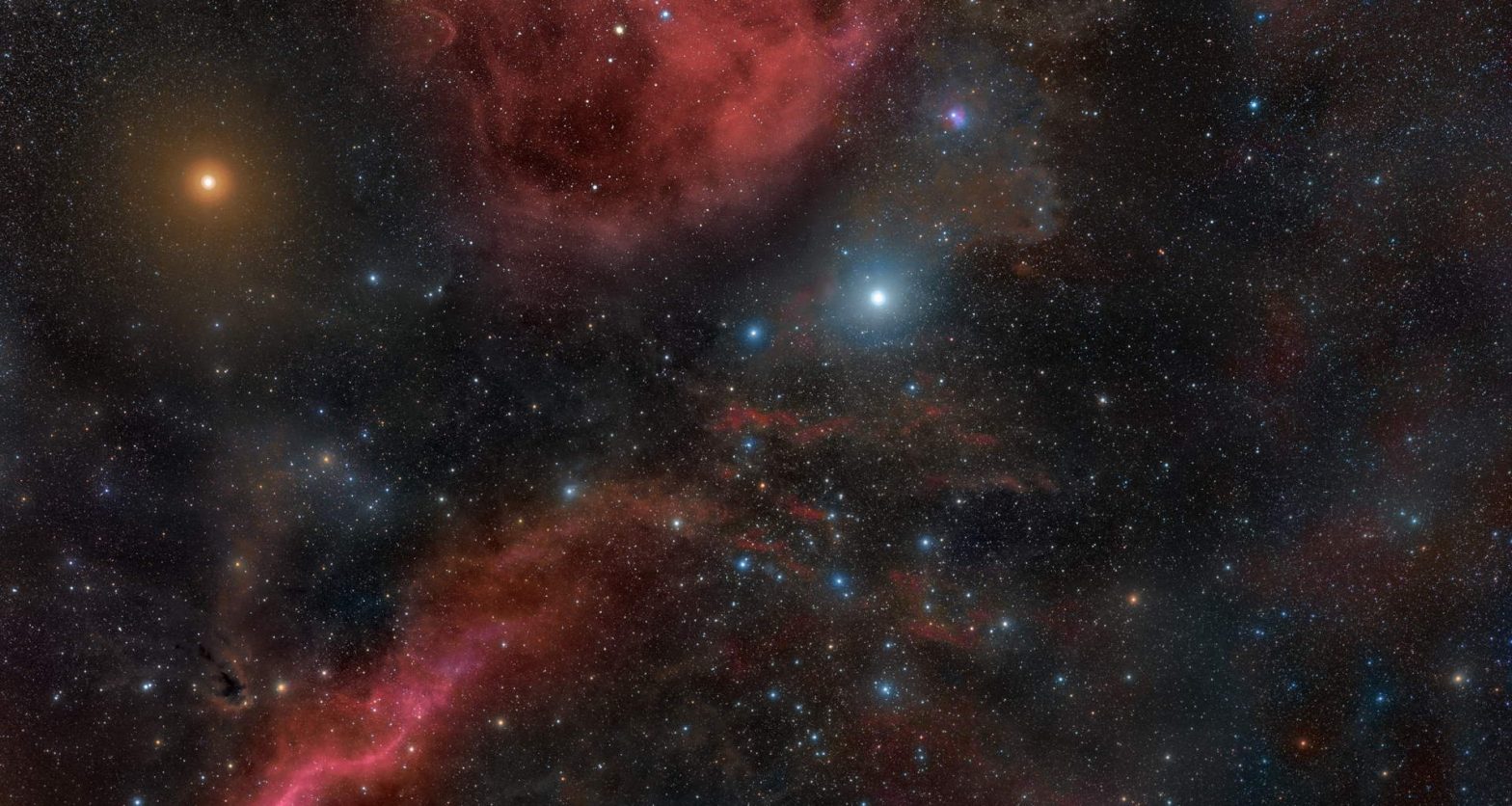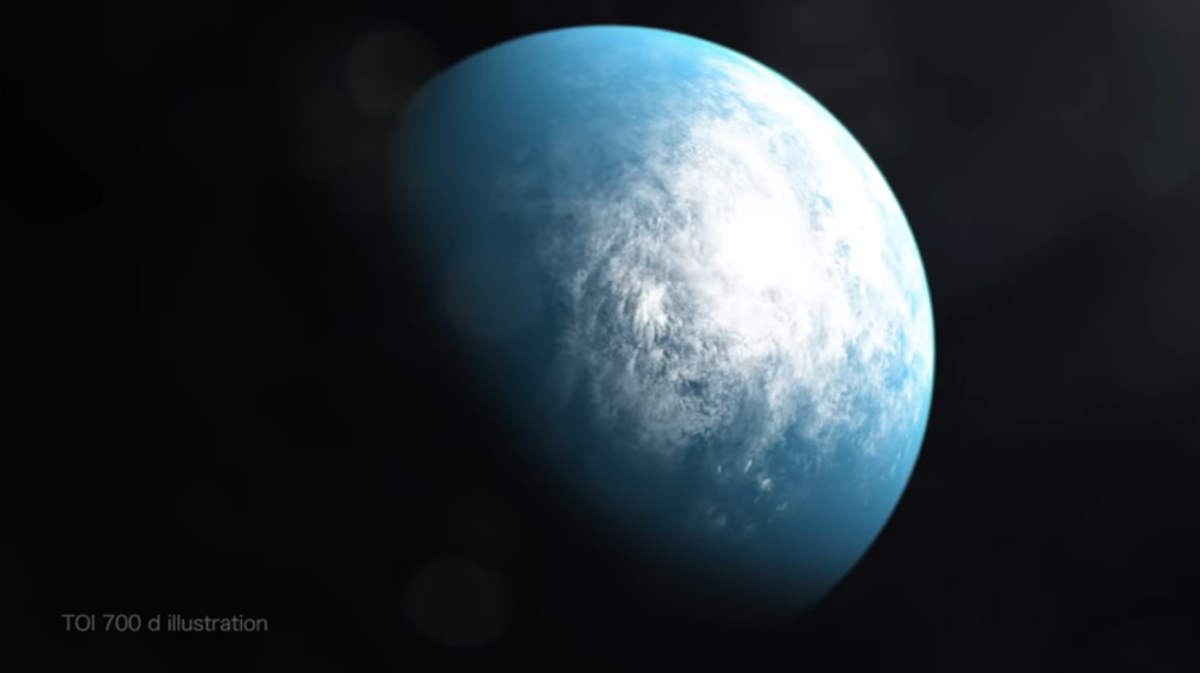Freeman Dyson, the English-born American theoretical physicist, and mathematician who imagined a hypothetical alien megastructure called “Dyson Sphere” died on February 28, 2020. Freeman was 96 years old.
Category Archives: Astronomy
Earth and Moon as seen through Saturn’s rings – amazing 2017 Cassini image
A very beautiful photo of Earth and Moon as seen through Saturn’s rings – an image taken by NASA’s Cassini spacecraft on April 13, 2017.
Why the night sky is dark? [A scientist explains]
Why the night sky is dark? It sounds obvious. That’s what night is. The sun has set and when you look up at the sky, it’s black. Except where there’s a star, of course. The stars are bright and shiny. Roger Barlow, University of Huddersfield
This is why light pollution in cities is a very bad thing
Do you remember when did you see a sky full of stars last? It’s been many years for me, I even can’t remember when I saw last. A lot of young people didn’t see even once, because of the light pollution in cities, since they were born in cities and probably never went to the …
Continue reading “This is why light pollution in cities is a very bad thing”
What is a Leap Year and why do we have Leap Years? [Explained]
Once (almost) every four years, we have a “leap year” which has 366 days instead of 365. Why it is like that? Why do we have leap years? JAXA (Former NASA Goddard) Planetary scientist Dr. James O’Donoghue (@physicsJ) explains why we have leap years in his latest video.
Astrophotographer created a spectacular image of the Moon combining 100,000 photos
Astrophotographer Andrew McCarthy created a spectacular image of the Moon’s surface in great detail by combining 100,000 long-exposure photos.
Proxima Centauri c: how we spotted a potential new planet around the Sun’s neighbouring star
Most exoplanets, bodies orbiting stars other than the sun, are too far away for us to be able to send probes to. So it’s no wonder that the discovery of a possibly habitable planet around the sun’s nearest neighbour star, Proxima Centauri, a few years ago generated a lot of excitement. Now we have spotted …
Betelgeuse: star’s weird dimming sparks rumours that its death is imminent
Every season has its characteristic star constellations in the night sky. Orion – one of the most recognisable – is distinctly visible on crisp, clear winter nights in the northern hemisphere. The constellation is easy to spot even in light-polluted cities, with its bright stars representing the shape of a person. Betelgeuse, marking Orion’s top …
Continue reading “Betelgeuse: star’s weird dimming sparks rumours that its death is imminent”
The oldest material on Earth has been found in a meteorite and it is way older than the Solar System!
Scientists have found the oldest material on Earth in a 7 billion-year-old meteorite – a space rock that is way older than the Earth and even older than our solar system! For comparison, the age of Earth is approximately 4.54 billion years, with an error range of about 50 million years. The Sun is about …
NASA’s TESS Space Telescope discovers its first Earth-sized exoplanet in the habitable zone
Exciting news! NASA’s planet-hunter TESS Space Telescope (Transiting Exoplanet Survey Satellite) has discovered its first Earth-sized exoplanet in its star’s habitable zone. The discovery was announced by NASA on January 7, 2020. The planet is named “TOI 700 d”. Using NASA’s Spitzer Space Telescope, astronomers confirmed the discovery and have modeled the planet’s potential environments …



